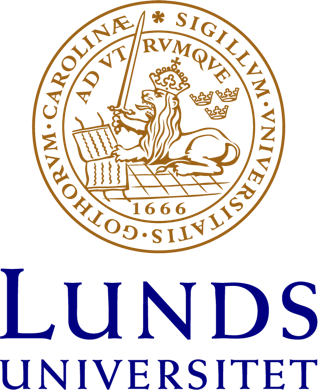Per Durst-Andersen
Center for Language, Cognition and Mentality, Copenhagen Business School
Abstract:
Traditionally, one treats reality as an unambiguous entity. It appears, however, that it has three modalities of existence in any concrete communication situation, i.e. (1) the situation as such shared by the speaker and the hearer, (2) the speaker’s experience of it and (3) the hearer’s experience of it. Due to this, members of a speech community must agree upon semiotic direction and members of different speech communities make different decisions: Chinese and Russian people talk about the situation as such, Turkish and Georgian people about the speaker’s experience of it and British and Swedish people about the hearer’s experience – the English-speaking persons compare their own experiences with those of the hearers and as a result of that comparison they present various pieces of information to the hearer. That is why
Sorry for the delay. I was stuck in a cab is not a true description of a situation – if it were, the person should be too fat or the locks of the cab should be out of order. It is a piece of information to the hearer or a signal to him to find the situation behind: a person was sitting in a cab that was stuck in a traffic jam. How can we account for the speaker’s input which seems to be based on an experience (he felt that he was stuck in the cab), the output which clearly is a piece of information and the hearer’s intake which must be an interpretation of the situation behind his experience? In order to account for this we must focus equally on first person, second person and third person and their different dynamic roles in communication which together form a whole. This means that we must distinguish three communication models: the speaker’s model, the hearer’s model and their common communication model, i.e. their common voice. Some languages, e.g. French and German, seem to have one type of common voice for oral discourse, but another for written discourse.
References:
- Per Durst-Andersen (2011): Linguistic Supertypes. A Cognitive-Semiotic Theory of Human Communication. Berlin/New York: De Gruyter Mouton.
